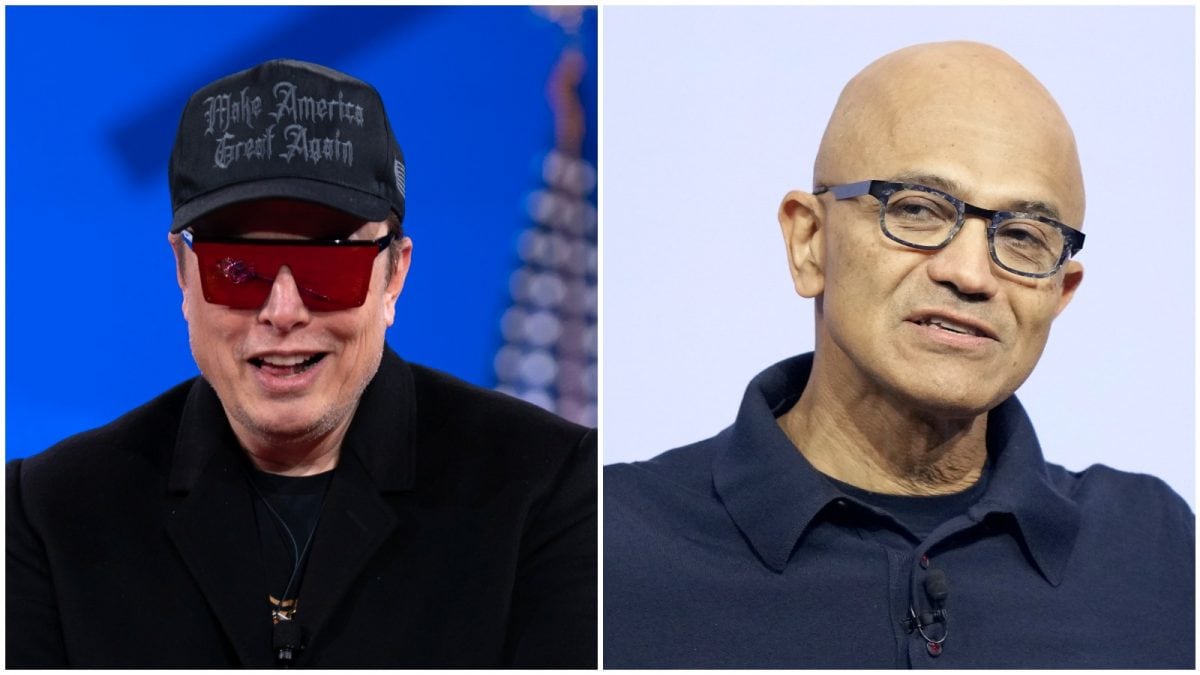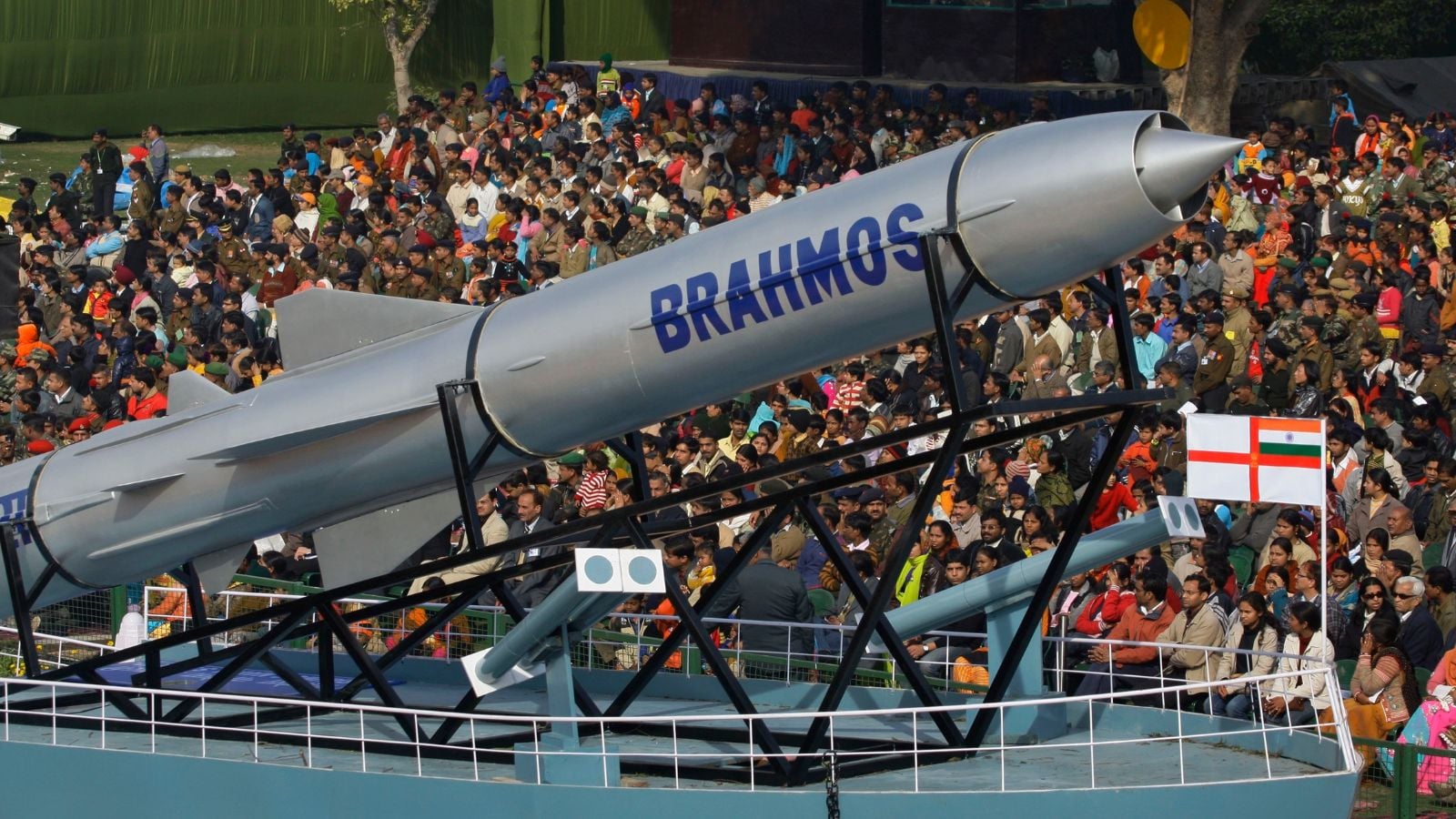Thayannur Mullachery Balakrishnan Nair (54), a founding scientist of the Hyderabad-based Indian National Centre for Ocean Information Systems (INCOIS), under the Ministry of Earth Sciences (MoES), has recently taken over as Director. In this exclusive interview, he shares insights into the next phase of ocean observation and forecasting services.
INCOIS has completed 25 years. How do you look at the evolution of the institute?
For a scientific institution, 25 years is relatively young. Yet, we have emerged as global leaders in ocean information systems. Only four other countries — the United States, United Kingdom, France, and Japan —operate at this level of operational oceanography. We began with Potential Fishing Advisories (PFA), followed by tsunami warnings, ocean forecasts, and more. Our focus has been on improving the accuracy of observation systems for better forecasts to serve stakeholders such as fishermen, maritime industry, Indian Navy, Coast Guard, and tourism sector.
Has INCOIS been able to achieve its stated mission objectives during this time?
200%! Our growth has been phenomenal. The institute was built brick by brick, by visionary directors from K. Radhakrishnan to my immediate predecessor T. Srinivasa Kumar. Our research and publications have had a tangible social impact, especially in helping the common man. The ISRO culture of nation-building and teamwork has inspired us.
How has the importance of oceanography gained recognition over the years?
There was struggle in the early years. But our mission of translational research— how to give service to the society and and supporting stakeholders like the fishing community—has gained traction. Today, nine lakh fishermen receive our PFA advisories daily. We’ve established a vast network of observation systems to provide accurate forecasts, and we’re continuously upgrading them with the latest technologies.
How good are we in monitoring the oceans, especially the Indian Ocean?
We are among the best having invested a lot in tide gauge networks, automated weather stations, water quality monitoring buoys, Argo floats, tsunami buoys, and gliders. We are now developing undersea cable observatories for real-time monitoring.
What are the benefits of real-time ocean monitoring?
It enables us to provide timely services to society—whether it’s identifying potential fishing zones, predicting high waves, or issuing tsunami and storm surge alerts. The shipping industry relies on us for safer routes, while the tourism sector needs information on beach safety and cleanliness. Our goal is to offer customized services. We also plan to provide ocean climate services like sea level rise, impact on coastal areas and blue economy stakeholders.
How do you plan to expand your ocean monitoring systems?
We are a key partner in UNESCO’s Intergovernmental Oceanographic Commission (IOC), addressing 10 major challenges related to disaster risk reduction through advanced early warning systems. We are an integral part of the World Meteorological Organization (WMO), which has recognized us as a Regional Specialized Meteorological Centre (RSMC) for early warnings and disaster management. We aim to develop a deep fishery information system, extending our current 20-kilometre range into international waters where countries like China and Taiwan are actively fishing.
Are early warning alerts taken seriously by policy makers and stakeholders?
Absolutely. We work closely with the National Disaster Management Authority (NDMA) and State agencies to deliver alerts directly to the public through the Common Alert Protocol. Our current focus is on low-profile but high-impact events such as high waves and storm surges. Last year, 15 people lost their lives despite our warnings in Kerala. With rising sea levels, impact-based forecasts have become crucial.
Can you elaborate on the need for advanced forecasting?
We currently provide forecasts for three to four days. However, maritime users need long-term planning tools—sometimes months in advance. For decadal forecasting, we are planning advanced modelling systems powered by AI and machine learning, more satellite data, and seabed observation systems, especially in regions like the Andaman subduction zone. A constellation of satellites is essential to scan each site at least twice a day, compared to the current lag of one week to 22 days.
INCOIS seems to have gone international by introducing buoys near Mauritius. What is the idea behind this?
India is committed to supporting other nations in need of oceanographic information. We already provide alerts to 30-40 countries in the Indian Ocean and 14 countries in the Pacific. African nations, including Mozambique, are seeking our assistance, and we plan to expand our observation posts. So far, we have trained over 6,000 personnel from 97 countries in operational oceanography.
Having built your entire scientific career here and now heading the institute, how do you look at it?
I am proud and deeply satisfied. When I was recruited, I was asked about my vision. I was clear — I wanted to use science to serve society. Over the past two decades, I have contributed to saving lives, improving livelihoods, and helping government agencies manage natural disasters and marine-related developments.



.png)
.png)
.png)
















 1 week ago
5
1 week ago
5







 English (US) ·
English (US) ·